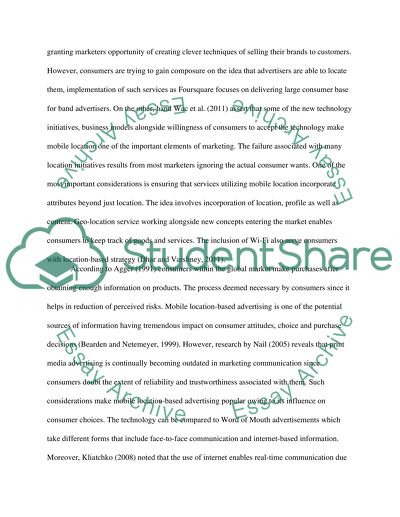Cite this document
(“What user's want from mobile location-based advertising services Literature review”, n.d.)
What user's want from mobile location-based advertising services Literature review. Retrieved from https://studentshare.org/marketing/1665561-what-users-want-from-mobile-location-based-advertising-services
What user's want from mobile location-based advertising services Literature review. Retrieved from https://studentshare.org/marketing/1665561-what-users-want-from-mobile-location-based-advertising-services
(What user'S Want from Mobile Location-Based Advertising Services Literature Review)
What user'S Want from Mobile Location-Based Advertising Services Literature Review. https://studentshare.org/marketing/1665561-what-users-want-from-mobile-location-based-advertising-services.
What user'S Want from Mobile Location-Based Advertising Services Literature Review. https://studentshare.org/marketing/1665561-what-users-want-from-mobile-location-based-advertising-services.
“What user'S Want from Mobile Location-Based Advertising Services Literature Review”, n.d. https://studentshare.org/marketing/1665561-what-users-want-from-mobile-location-based-advertising-services.


